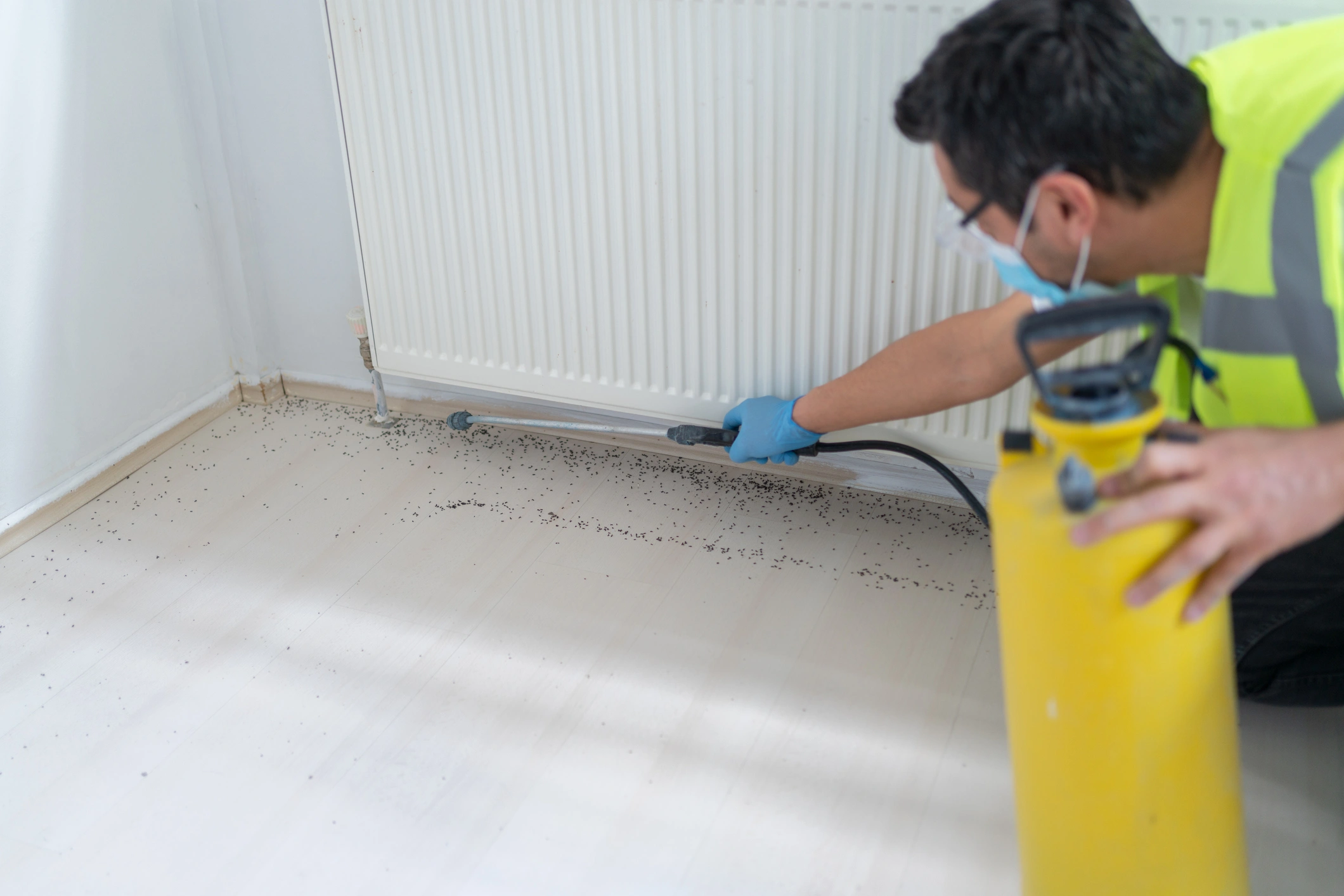

Ant Exterminator in Redland, TX
Ant extermination in Redland, TX by Spot On Pest Control, LLC. Learn inspection steps, treatment methods, and prevention techniques—call for a custom plan.

Ant Exterminator in Redland, TX
Ant problems in Redland, TX are more than a nuisance — they can threaten food safety, damage structures, and make outdoor spaces unusable. With hot, humid summers and mild winters, many ant species thrive year-round here. This page explains how a professional ant exterminator in Redland, TX inspects and identifies infestations, what treatment strategies are used (baiting, perimeter treatments, nest removal), how indoor and outdoor plans differ, practical prevention tips, expected elimination timelines, safety considerations for pets and children, and typical service guarantees homeowners can expect.
Common ant species and problems in Redland, TX
Understanding the species helps pick the right control method. Common ants in the region include:
- Fire ants — painful stings, large mounds in yards, aggressive when disturbed.
- Odorous house ants — form trails into kitchens and pantries, emit a rotten smell when crushed.
- Argentine and pavement ants — forage in large numbers for sweets and proteins.
- Carpenter ants — can cause structural damage by tunneling in moist or decayed wood.
Typical problems homeowners report:
- Visible trails inside kitchens and bathrooms
- Mounds and satellite nests in lawns and flower beds
- Reappearance after DIY sprays
- Stinging incidents from fire ant mounds
- Wood damage or hollow-sounding timbers from carpenter ants
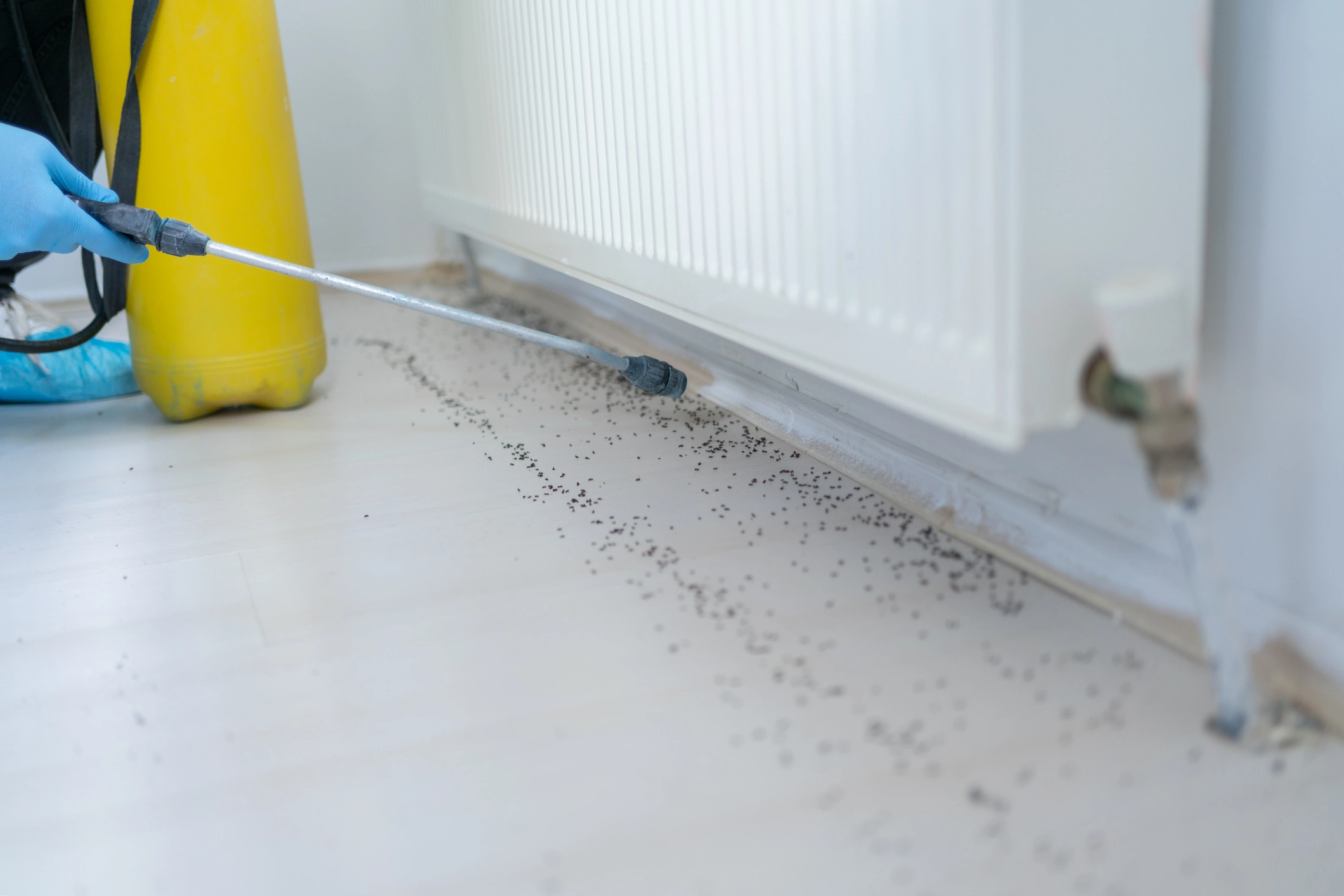
Ant inspection and identification
A professional inspection in Redland, TX focuses on locating entry points, nests, and conditions that attract ants. Key steps include:
- Visual survey of interior hotspots: kitchens, pantries, baseboards, plumbing penetrations, and behind appliances.
- Exterior inspection: foundation perimeters, utility penetrations, vegetation touching the house, mulch and landscape beds, and lawn mound locations.
- Species identification: observing worker size, behavior, trail patterns, and mounds or gallery markings to determine whether the control strategy should target baiting, mound treatment, or structural remediation.
Accurate identification is critical. For example, fire ants require direct mound or broadcast treatments, while odorous house ants respond better to baiting that reaches the colony.
Treatment strategies
Effective ant control uses targeted, evidence-based methods. Typical strategies used by an ant exterminator in Redland, TX include:
Baiting
- Slow-acting baits are attractive food sources combined with insecticide that workers carry back to the colony.
- Baits are chosen based on species and feeding preferences (sugar vs protein).
- Baiting is the most effective long-term tactic for interior trails and satellite colonies because it addresses the queen and brood.
Perimeter treatments
- Residual liquid or granular insecticides are applied around foundation lines, door thresholds, and other exclusion zones.
- Perimeter treatments provide a barrier that reduces reinfestation from outdoor ant populations.
- Materials and re-entry intervals are selected to minimize risk to pets and children.
Nest removal and mound treatments
- Fire ant mounds are treated directly with mound drenches, granular baits, or mound-destroying products that eliminate the immediate threat.
- For densely populated yards, focused mound treatments plus landscape management reduce future colonization.
Structural remediation for carpenter ants
- If carpenter ants have damaged wood, control includes locating and treating galleries and addressing moisture sources.
- In some cases, localized repairs or replacement of damaged wood are required to prevent recurrence.
- Integrated pest management (IPM) combines these approaches with exclusion and sanitation to achieve durable results.
Indoor vs outdoor control plans
Indoor plans prioritize non-repellent baits, crack-and-crevice treatments, and exclusion measures that eliminate trails without creating fleeing behavior. Typical indoor actions:
- Strategic placement of gel or granular baits
- Sealing entry points (doors, windows, utility penetrations)
- Targeted low-risk treatments in kitchens and bathrooms
Outdoor plans focus on reducing the source population with perimeter barriers, mound treatment, and landscape adjustments. Typical outdoor actions:
- Foundation barriers and targeted soil treatments
- Fire ant mound removal or baiting
- Vegetation and mulch management to reduce harborage
Combining indoor and outdoor plans prevents cyclical reinfestation and addresses the problem at its source.
Prevention tips to reduce attractants
Reducing attractants in and around your Redland home makes treatments more effective and lasts longer. Practical steps:
- Store food in sealed containers and clean up crumbs promptly.
- Keep pet food and water bowls off the floor or remove overnight.
- Fix plumbing leaks and reduce humidity in crawlspaces.
- Trim branches and shrubs that touch the house; maintain a 6–12 inch clearance between mulch and siding.
- Replace or manage mulch with coarser materials and avoid overwatering landscape beds.
- Seal gaps around doors, windows, and utility lines with caulk or foam.
These simple measures limit food and shelter sources that sustain colonies.
Expected timelines for elimination
Timelines vary by species, colony size, and treatment strategy:
- Immediate relief: direct mound treatments for fire ants often reduce activity within 24–48 hours at the treated mound.
- Bait-based programs: expect noticeable reduction of foraging within 48–72 hours, with full colony impact occurring over 2–6 weeks as the bait reaches queens and brood.
- Carpenter ant elimination and structural remediation: may take longer because nest galleries must be located, treated, and damaged wood repaired; plan for multi-week follow-up.
- Seasonal considerations: in Redland, ant activity peaks in warm months, so treatment begun in spring or early summer may be more efficient than late-season patches.
Professionally managed programs include scheduled follow-ups to confirm control and address any satellite colonies.
Safety information for pets and children
Safety is a top priority in any treatment plan. Common safety practices include:
- Using baits and formulations selected for minimal exposure risks inside homes.
- Advising temporary restrictions on treated areas until products dry or granules are dispersed.
- Placing baits in tamper-resistant stations or locations out of reach of children and pets.
- Selecting products and application methods that comply with label instructions and local regulations.
Professionally applied treatments reduce misuse and unintended exposure. For households with small children or sensitive pets, discuss low-toxicity bait options and exclusion-based measures with the technician.
Service guarantees and follow-up
Reliable ant extermination services often include:
- A documented treatment plan tailored to the species identified and the property layout.
- Follow-up visits within a defined warranty period to re-treat persistent activity.
- Seasonal maintenance or monitoring options to prevent re-establishment of colonies.
- Clear reporting of what was treated, products used, and expected next steps.
A good guarantee sets expectations for timelines and follow-up treatments rather than promising instantaneous eradication of every ant, which is not realistic for species with satellite nests or deep underground colonies.
Maintenance and long-term control
Long-term success combines professional treatments with homeowner diligence. Routine inspections, seasonal preventive applications, and simple sanitation measures significantly reduce the chance of return. In Redland, TX, managing moisture and vegetation around the home is especially important given the local climate that favors ant activity year-round.
When infestation is persistent or involves aggressive species like fire ants or structural pests like carpenter ants, a coordinated inspection, targeted treatment program, and periodic follow-up deliver the most reliable, long-term results.
Ant Exterminator in Redland, TX With Precise Colony Elimination
Ants can take over quickly without the right treatment. Our local ant exterminator in Redland, TX targets infestations at the source and prevents future outbreaks. At Spot On Pest Control, LLC, we offer custom treatment plans to keep ants out for good. Book your service before the
Our Services
Our pest control services cover ants, termites, bed bugs, rodents, mosquitoes, and other common pests, with customized solutions for both residential and commercial properties.
.png)



